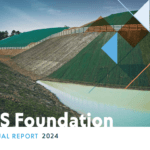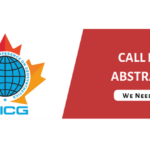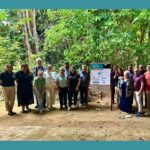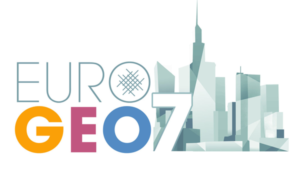
Staging one of the largest regional geosynthetics conferences in the world is not without its challenges. But organizing one around a pandemic takes unique dedication.
IGS Poland met the challenge when it was finally able to bring the European Geosynthetics Conference, or EuroGeo7, to Warsaw, Poland, last month.
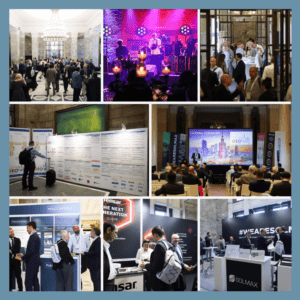
Originally set for September 2019, EuroGeo7 was rescheduled for 2021 following the worldwide outbreak of coronavirus. However, continued disruption yet again prevented its launch last year, and a new date was set for September 2022.
Attracting more than 800 delegates, and providing the stage for the first formal address to members by the new IGS Council – and the new IGS President – EuroGeo7 finally went ahead at the Palace of Culture and Science on September 4-7.
Here, IGS Poland President Jacek Kawalec reflects on the conference, his highlights, and offers his thoughts on its impact for geosynthetics.
Congratulations on your achievement with EuroGeo7 – how does it feel to have delivered one of Europe’s largest geosynthetics conferences?
Thank you very much! We’re very happy and proud we had more than 800 people attending from 55 countries. They were from all continents, with the most from Europe, the top five being from Poland, Italy, Germany, UK and Spain.
After the pandemic there was a lot of uncertainty in relation to expected numbers, especially in early summer when registrations were still very low. Covid obviously changed the way people decided to register, with the majority doing it just within the last two weeks before the conference. From an organizer’s perspective it was very challenging because it was extremely difficult to plan in advance what services would be needed when the numbers were so uncertain.
Please share some of your highlights – which sessions or activities particularly stood out for you?
There were several. Firstly all keynote lectures which were delivered by outstanding speakers who presented current state-of-the-art reports. I heard a number of positive comments from participants. As most of the speakers were from outside Europe, these presentations had a really international flavour.
Also, the IGS Special Session on Sustainability was probably the most attended session of the conference. We knew it might be as the subject of sustainability is the hot topic these days. The fact we had one speaker representing the European Commission made it even more attractive.
Finally, our Polish-language day had a great attendance. This was where we set aside a conference room with sessions only in the Polish language. In some cases it was the only sessions that local attendees registered for.
What sort of feedback did you get from attendees – what did they enjoy the most?
They loved the location! For many people it was the very first opportunity to visit Poland and they were pleasantly surprised. Many said they’d like to return in the near future and I also heard a number of positive comments about food and Polish cuisine, so I am glad IGS Poland was chosen by the IGS to organize EuroGeo7.
EuroGeo7 was the first in-person meeting of the industry for a lot of people so many were simply happy to be able to meet in person after such a long period of not being able to travel.
In terms of the exhibition, we received a number of official letters from satisfied exhibitors which made us really proud. The exhibition was organized in a historical building (Palace of Culture and Science), which was a serious challenge but also an attraction. Every time I passed through the exhibition area I saw all stands were busy so I hope everyone was satisfied.
What do you hope to have achieved for members and the industry generally with EuroGeo7?
I believe we brought more knowledge about geosynthetics especially to Central and Eastern Europe, which was our goal from day one. All previous EuroGeos were located in Western Europe so it was really the first opportunity for participation for local people without a need for long journey times. We could see this worked just walking around the conference as we could hear many people talking in various Slavic languages.
I think the conference lived up to its theme ‘Geosynthetics for emerging Europe’ very well. We hosted more than 70 exhibitors representing all regions so almost all manufacturers and their products and technologies were present. In this context participants had fantastic opportunities to explore a variety of geosynthetic applications by visiting different booths and talking to different manufacturers and their representatives.
What is next for the chapter?
We are still in conference mood. While the event itself finished on September 7 for participants, we still have work to do on finalizing reports, as well as other admin associated with organizing such large conferences. Then we hope to summarize the event for our members and derive insights from our experiences.
I’d also like to take this opportunity to thank all exhibitors and participants for their faith that EuroGeo7 could happen after several postponements. Without their patience we would not have been able to complete the event. I would also like to thank our partner Mazurkas Travel, which helped with the organization. And last but not least I want to thank all my colleagues from the Organizing Committee for working for so many years with me on preparing the conference.
Special thanks must also go to Jakub Bryk, Vice-Chair of the Organizing Committee, without whose ideas the conference would not have been as great as it finally was.
For more information about IGS Poland, visit the chapter page on the IGS website or the chapter’s Polish-language website.


